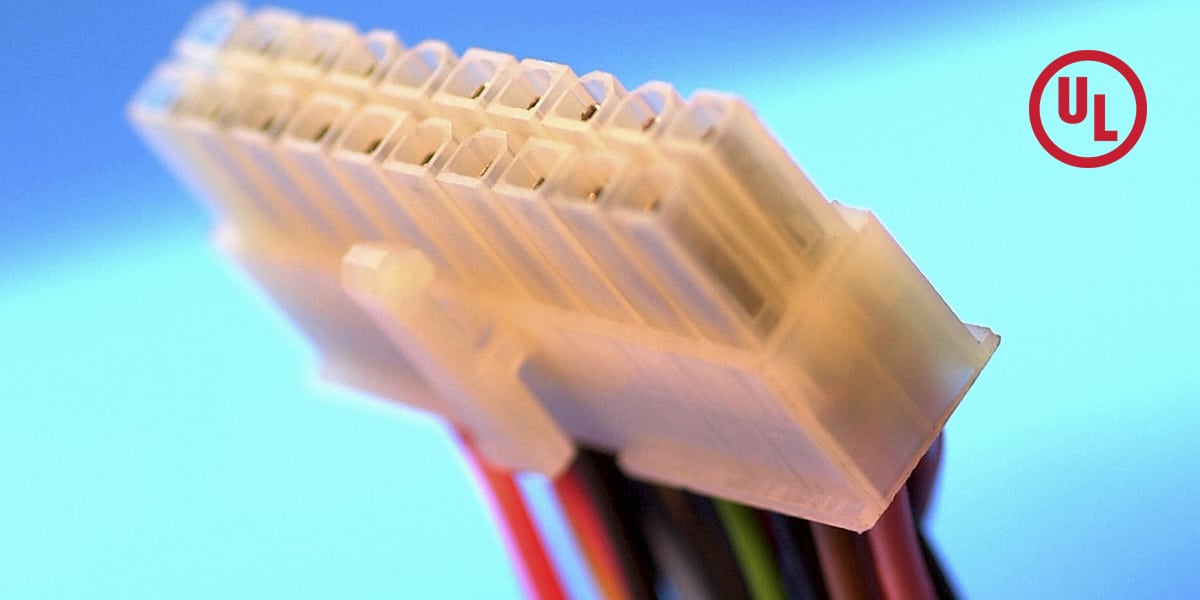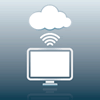Look for the UL Mark
For more than a century, the UL mark has helped inspire confidence in a product’s safety and quality. For UL, facilitating the standards development process, developing standards and certifying to those standards helps ensure that quality starts at the component level.

UL is a premier global independent safety science company that has championed progress for more than 120 years. By working with industry stakeholders and Standards Technical Panels (STPs), UL develops safety standards across a multitude of industries.
UL has evaluated and certified millions of common electrical products, which bear its famous mark: The letters UL inside of a circle. That mark signifies that the product has been tested and meets a stringent set of standards that help ensure public safety. Today upwards of 22 billion products a year enter the marketplace bearing the UL mark.
UL also tests and certifies chemicals, inspects factories, and evaluates clinical services, among many other functions. These include inspection, auditing, advisory, software and training services. The organization evaluates electronics for fire, shock, and other risk factors. As products continue to evolve, the testing processes set by UL keep pace, and the organization partners with the electronics components industry to help ensure that components ultimately contribute to the overall safety and reliability of end products.
Additionally, UL tests and certifies wiring devices, which includes the connection, routing, and switching of electricity in residential, commercial, and industrial environments. We talked with the UL Wiring Devices Team to learn more about how the organization’s work is impacting electronic components.
UL is involved in the standards development process. What upcoming standards can the connector industry anticipate?
UL is working on a new UL 486 standard for large ferrules. The project was initiated to address ferrules larger than 1/0AWG, which is presently the maximum size that is allowed in UL 486F. The committee working on the draft is considering a delineation starting at 8AWG and larger, since this is the size where solid wire is no longer common. UL 486F notes that those ferrules are to be used with wire connection devices rated for solid conductors.
We also changed our Product iQ database (previously known as the Online Certification Directory) to include ratings for particular connectors for the product categories Cable Assemblies and Fittings for Industrial Control and Signal Distribution (CYJV – UL 2238) and Multi-point Interconnection Power Cable Assemblies for Industrial Machinery (PVVA – UL 2237).
We believe making these ratings available in Product iQ is beneficial to all stakeholders in the industry. End-product equipment manufacturers can easily obtain ratings for their connectors and connector manufacturers will have these ratings readily available to any perspective customer.
UL is expanding its testing for terminal blocks. What does this entail?
The UL Northbrook facility was recently qualified as a CB Testing Laboratory (CBTL) for terminal blocks to IEC 60947-7-1 through IEC 60947-7-4. Under this new qualification, UL’s Northbrook facility can issue Test Reports (TRs) and CB Certificates to these four IEC Standards. This new qualification helps manufacturers in North America streamline and accelerate their product reach into global markets with one trusted source.
What other recent initiatives impact the connector industry?
We are expanding our ENEC certification to include EN 60947-7 and EN 61984 series of standards.
How is UL involved in the fight against counterfeiting?
Counterfeiting is a direct threat to your customers, your brand, and your bottom line. UL’s Global Security and Brand Protection team works with law enforcement to remove products bearing counterfeit UL marks from the marketplace and identify those responsible for their manufacture and distribution. Our program continues to grow and adapt to combat counterfeiting activities. We work closely with global partners and UL customers to develop and implement solutions that halt the flow of these illegal and potentially dangerous goods. UL customers also benefit from the opportunity to fully leverage our team’s brand protection expertise. We offer our customers access to a wealth of support, knowledge, and assistance.
UL collaborates closely with law enforcement agencies around the globe and our customers to support efforts to seize counterfeit products, press charges, and prosecute offenders. Our team is led by former law enforcement officers, all of whom have specialized experience in investigating and prosecuting counterfeiting offenses. Team members process product authentication requests from authorities and our customers in an effort to identify and stop the import of counterfeited products with the UL mark. We employ a strategic approach for dealing with intellectual property (IP) crime, targeting all levels of the supply chain, from the manufacturer to the retailer selling the illegal goods, identifying counterfeiters and gathering evidence to support criminal, civil, or administrative actions.
How is UL involved in preventing cyberattacks?
The growth of digitization in manufacturing and critical infrastructure demands that products become smarter and more interconnected. As a result, they also become more vulnerable to cyber threats. The UL Cybersecurity Assurance Program (UL CAP) aims to minimize risks by creating standardized, testable criteria for assessing software vulnerabilities and weaknesses. This in turn helps reduce exploitation, address known malware, enhance security controls, and expand security awareness.
UL CAP relies upon the UL 2900 set of standards, developed with input from major stakeholders representing government, academia, and industry. Both UL CAP and the UL 2900 series of standards build upon UL’s longstanding expertise in safety science, standards development, testing, and certification. UL can support the full SDLC (Secure Development Lifecycle), including gap assessments, training, testing, and certification to IEC 62443 or UL 2900.
Collaboration and transparency are critical to creating new safeguards in an ever-changing landscape of security threats. UL CAP provides manufacturers with the organizational capabilities to innovate and produce more secure products and systems, and brings end users increased confidence in product and system security.
For more information, visit UL.com/cybersecurity.
How does UL partner with industry?
UL partners with many industry associations, such as the National Electrical Manufacturers Association (NEMA) and the Association of Home Appliance Manufacturers (AHAM). Additionally, UL is actively involved with the National Fire Protection Agency’s (NFPA’s) code process, most notably the development of the National Electrical Code (NEC®), which sets the foundation for electrical safety in residential, commercial, and industrial occupancies throughout the US. We also have Standard Technical Panels, which have representation from manufacturers, authorities having jurisdiction (AHJs), suppliers, and users who work on the development of UL standards, as well as proposals to update existing UL standards.
What do people in the connector world need to know about UL?
Not everyone knows that in addition to certifying to UL Standards, UL certifies to standards from CSA, IEC, ANSI, NEMA, etc. Additionally, although testing and certifying electrical products is at the core of our mission, UL also offers many services that extend beyond electrical product certification, such as inspection, advisory services, education and training, auditing and analytics, software solutions, and marketing claim verification.
Learn more about UL’s connector services.
Interested in a specific market? Click a market below for current articles and news.
Automotive, Consumer, Industrial, Medical, Mil/Aero, Datacom/Telecom, and Transportation
- Meet the Connector: DIN Standard Connectors - April 16, 2024
- Software-Driven Radio Reinvigorates Old Technology - April 9, 2024
- What is a Busbar? - April 2, 2024










